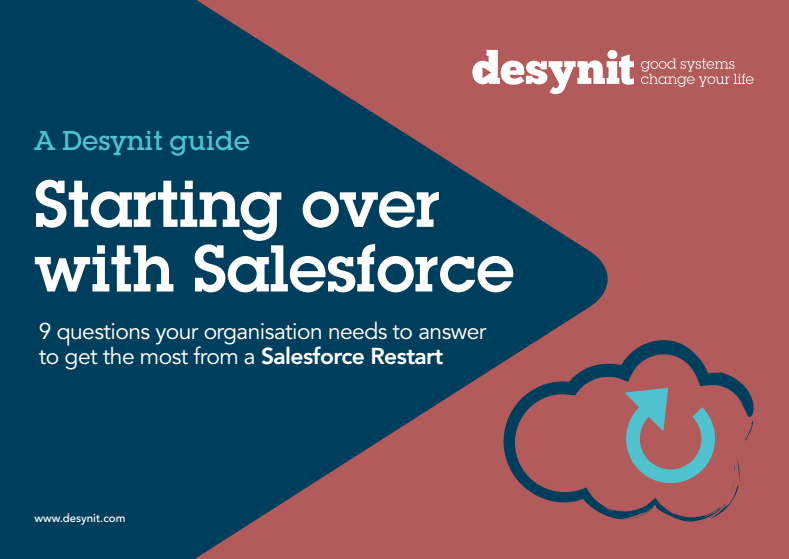As an Salesforce Administrator you help play a vital role in maintenance of your Salesforce org. You help build a special kind of relationship with your users where (as a result of your delectable declarative skills), a reduction in clicks can take place without that ‘we need to talk’ conversation, new features are welcomed without jealousy and there are no more ‘I didn’t get your message’ or ‘there is not enough time in the day’ with process automation and reports / dashboard.
But, if you and your users start to think that the relationship is worthy of so much more, as pointed out by The Good Systems Blog here, then it could be a sign that it’s time to re-start your relationship with Salesforce.com.
If the romance is fading, it’s going to take more than a slap across the UI to get things back on track. While we know this may involve handy work from your consultants and developers, your Admin also takes part in ensuring that ‘happily ever after’.
So what exactly do Admins do throughout a Salesforce re-start?
Before
So you have a Salesforce consultant working with your company to produce technical documentation and the project brief. Though an Admin will play a very small role at this stage, some of the key roles include: –
- Get your BA hat on. Understand the company’s business process – this will help with declarative and support work further down the line.
- Health Checks – if you have been around the block a bit with your org, then both consultants and Admins are going to want to know what they are up against. To get an understanding of the current state of the re-start org, a full org audit will take place. The Audit may cover anything from the Security Model to Process Automation rules.
- Get a de-brief from the consultant and plan/document changes to be made either on your existing Salesforce platform or another project management system. E.g. Jira.
During
So here is where we get to the nitty gritty part of the re-start. The Re-build.
You have an understanding of the project brief, the business process and the current state of the Salesforce org. This is where the consultant takes a step back (though not fully) and your delectable declarative skills come in. During this stage an Admin will::
- Make the declarative (clicks not code) changes needed to rebuild the CRM.
- Suggest / implement feature updates and AppExchange tools that, on top of any click work, could help enhance the UEX.
After
The re-build has been completed and signed off. However, work doesn’t stop there for you Admins. The org makeover has happened, now it’s time for the big reveal.
- What’s a rebuild without user training. Granted this does depend on the extent of the re-start i.e. what new features have been added, what processes have been amended etc. However, training users on any changes is going to help with adoption and the future success of the org.
- Support – this is where the admin may provide post project system support. Admins may answer any questions from the client, fix any issues, and continue to help with training.
 If you’d like more information on making your Restart project a success, then download a copy of our Restart Guide.
If you’d like more information on making your Restart project a success, then download a copy of our Restart Guide.
Still want more help? Get in touch with myself or Shaun Holmes at Desynit
See you next week.
Jenny

